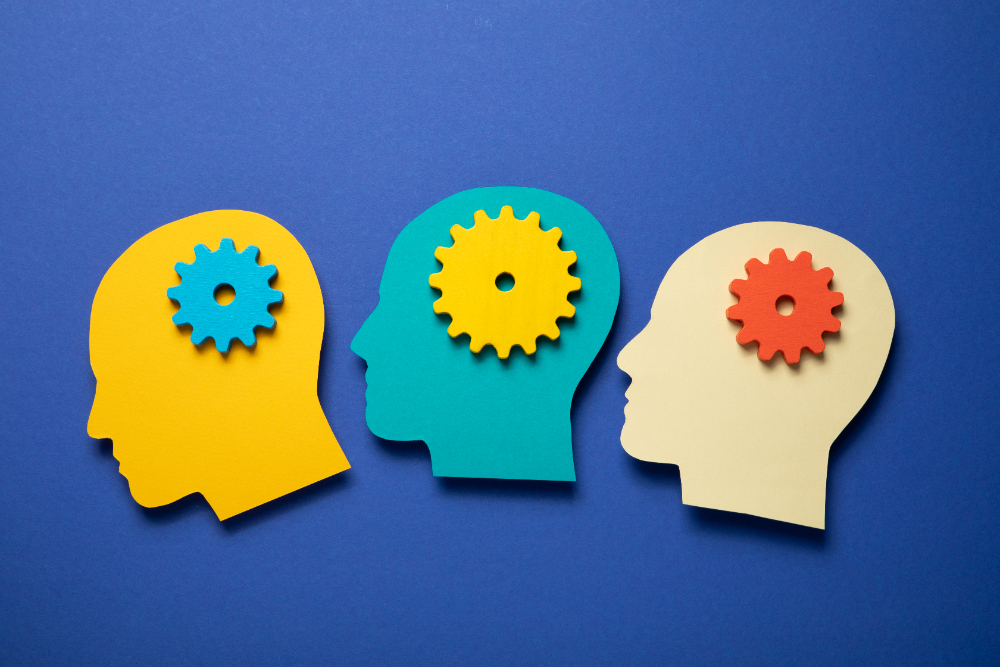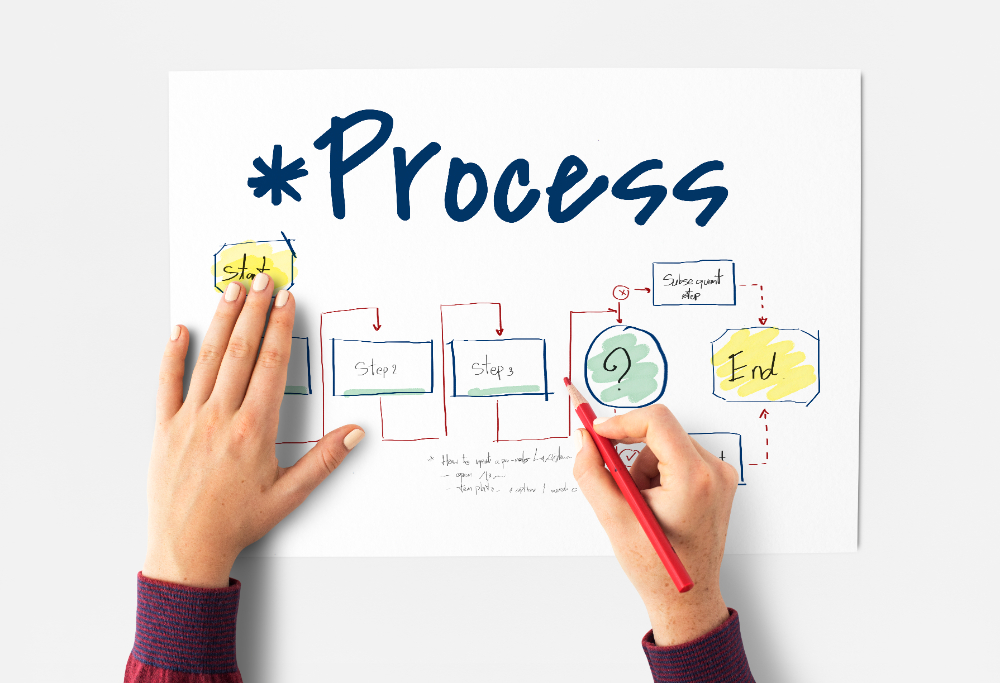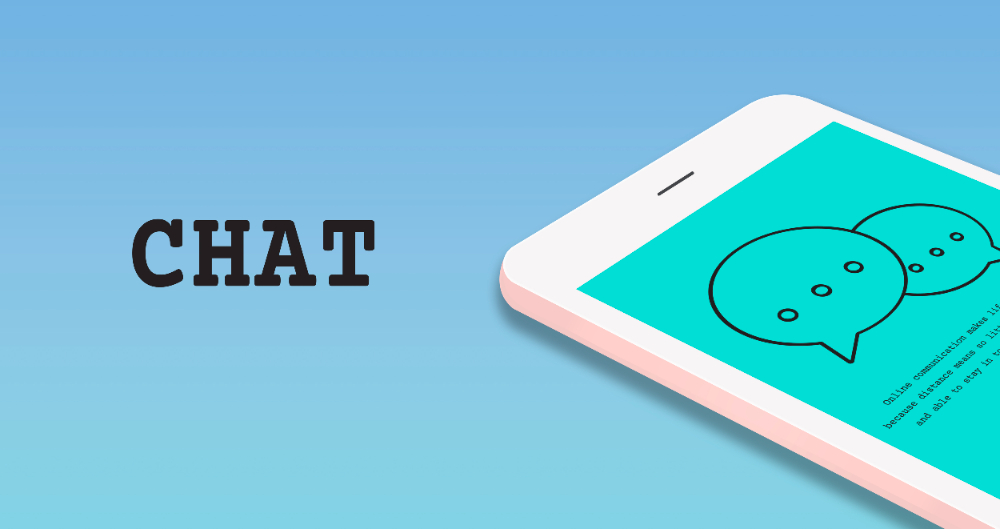Table of Contents
- Factors Contributing to Prevalence of Mental Health Struggles
- Early Signs of Academic Stress and Mental Health Issues in Students
- A Roadmap to Navigate Academic Stress and Student’s Mental Health Issues: Students
- Time Management
- Set SMART Goals
- Balancing Life and Studies
- Be Honest with Yourself
- Healthy Lifestyle
- A Roadmap to Navigate Academic Stress and Student’s Mental Health Issues: Teachers
- Awareness Campaigns in Classroom
- Fun Activities in the Classroom
- Giving them Free Resources
- Available for Help
- A Roadmap to Navigate Academic Stress and Student’s Mental Health Issues: Parents
- Celebrate Small Wins
- Giving them a Healthy Study Corner
- A Roadmap to Navigate Academic Stress and Student’s Mental Health Issues: Educational Institutes
- Building a Supportive Campus Culture
- Comprehensive Wellness Programs
- Digital Tools for Dealing with Mental Health Issues
- For Students
- For Teachers
- For Educational Institutes
- Conclusion
High school or college is full of adventures, challenges, intellectual exploration and personal growth for students. But, these challenges also bring stress, anxiety and depression. American College Health Association (ACHA) states research that 60 percent of college students are going through anxiety, and 40 percent are struggling with depression.
Another report by the American Psychological Association (APA) paints a concerning picture: one in three students is suffering from clinically significant mental health issues. These issues include depression, a substance abuse disorder and anxiety. Moreover, there are concerns that college-aged individuals are committing suicide, which emphasizes the urgency of addressing stress and mental health issues.
For this, it is important to find out the problems students are facing and what is the roadmap for achieving academic goals.
Factors Contributing to Prevalence of Mental Health Struggles
Various factors are contributing to the prevalence of mental health issues among students. The major one is academic stress. Some students are unable to manage their exams, assignments or the other demands of coursework. This leads to their academic performance being impacted and increases their stress.
Another major factor is the social transitions. Students have to move from one place to another for studies. In this journey, they face the issues of adjusting to the new environment, forming relationships and navigating the diverse cultural communities that take a toll on their mental health.
Financial issues are another contributing factor. Student loans, expensive tuition, and high living expenses can cause major financial problems for students. This can lead to depression and anxiety.
Early Signs of Academic Stress and Mental Health Issues in Students
There are a variety of signs that can indicate mental health issues in students. Sometimes, identifying these issues can be difficult because of the fast-paced academic world. But, knowing them can help the staff and peers to help any student.
The prominent signs are eating and substance abuse disorders. Eating disorders include either consuming nothing or eating too much. Substance abuse disorder includes activities that are harmful to a student. These activities include trying to attempt suicide, taking drugs or indulging in harmful activities.
Other signs are irritation, poor academic performance, unable to focus in the classroom and losing interest in activities that they previously enjoyed. These students stop getting involved in extracurricular activities and retreat into their shells.
Some other significant symptoms are the feeling of hopelessness or having negative thoughts about yourself. Disruption in sleep patterns is another major sign of depression.
A Roadmap to Navigate Academic Stress and Student’s Mental Health Issues: Students
Educational Stakeholders should address mental health issues as soon as possible to avoid any major problems. As soon as they see the early signs, they should take certain steps to resolve it.
A few steps that students can take are:
Time Management
The first thing a student should do is manage their time. The overloading of academic stress is due to poor time management. Assignments piled up and students don't know how to tackle them on time. This leads to depression.
So, learners can follow various time management techniques to resolve this issue. The first major technique is time blocking. In it, you can give dedicated time blocks to your tasks. The other is the Eisenhower Matrix. In this technique, you can work on top-priority tasks first and then move to less important tasks.
Another major technique that different physiologists suggested is the Pomodoro technique. In it, you set a timer of 25 minutes in which you have to study without distraction. Then, you can take a 5 to 10-minute break.
Set SMART Goals
You should set attainable SMART goals. You should be realistic with yourself to know whether you can achieve the goal within the desired time frame. Unrealistic goals lead to heartbreak and depression.
You can use AI planners and calendars to know about your deadlines and how much time you should give to your task.
Balancing Life and Studies
You should have a healthy balance between your studies and life. You should take time to do fun activities that will have a great impact on your mental health. For this, you can use various tools such as Trello and Todoist to manage your to-do list and achieve your studies and life goals on time.
Be Honest with Yourself
You should be honest with yourself to know what you are feeling or whether you need any help or not. You should reach out to your adults and psychologist to get the help you want.
Healthy Lifestyle
You should have a healthy lifestyle to gain academic success. It includes eating healthy food, sleeping on time, and exercising. You should take eight hours of sleep a night to strengthen your health. It will keep you fresh and ready to tackle some life issues.
Moreover, meditation and having creative outlets such as music and games can help in releasing the stress of students.
A Roadmap to Navigate Academic Stress and Student’s Mental Health Issues: Teachers
Teachers can play a major role in helping their students deal with stress and other mental issues.
Awareness Campaigns in Classroom
Teachers should talk about mental health issues, their signs and how to tackle them with their students. They should be given different projects or assignments related to this issue to learn so that they can know when and how to seek help in case of stress and depression.
Fun Activities in the Classroom
Teachers should introduce fun and engaging activities in the classroom that lead students to relax and learn the content with ease. These fun activities can include games, introducing blended learning modules in the classroom and not following the stoic curriculum. This will lessen the academic stress on students.
Giving them Free Resources
Teachers should try to give free educational resources to students so that they don't struggle with financial issues. There are a lot of websites, such as PDF Drive, from where teachers can get PDF books and articles for students for free. Various AI tools provide free resources to students that teachers should introduce in the classroom.
Available for Help
Teachers should be available for any type of academic help for students. They should keep an eye on their kids to know whether they are struggling with any issues and need any help. They can use online collaboration tools such as Zoom or Google Classroom to provide any help a student needs.
A Roadmap to Navigate Academic Stress and Student’s Mental Health Issues: Parents
Parents can also take various steps to help their kids.
Celebrate Small Wins
They should celebrate every small win of their kids to tell them that they are proud of them. These celebrations will give them a sense of achievement and they would be eager to keep moving into their academic journey.
Giving them a Healthy Study Corner
Parents should give kids a study corner so that they can take maximum benefit in their study time. McDaniel and other psychologists found that lack of study environment leads to poor academic performance that ultimately leads to stress. So, parents should give such a corner to kids where there is no noise and distraction. It will also help them in applying time management techniques effectively.
A Roadmap to Navigate Academic Stress and Student’s Mental Health Issues: Educational Institutes
Educational institutes can play a major role in helping students deal with academic stress and mental health issues.
Building a Supportive Campus Culture
Educational Institutes should make sure to build different supportive groups on campus that can reach out to students and help them without any judgment. These supportive groups should make sure to welcome those kids who are from different cultures and facing issues of adjusting in the classroom. Because this cultural diversity can also lead to stress among students.
Comprehensive Wellness Programs
Institutes can introduce different wellness programs that can include educational workshops, peer support groups, mindfulness practices and wellness strategies. It can initiate the conversation about mental health, and its effects on students so that they can take help whenever they want. Moreover, they should provide all the resources a student needs to deal with mental health issues.
University of California, Los Angeles (UCLA) pioneered successful mental health initiatives. Its “Mind Matters” campaign focuses on featuring student stories and providing all the essential resources students need to deal with this problem.
Digital Tools for Dealing with Mental Health Issues
For Students
Students can use AI planners, journals and calendars to optimize their study time and manage their schedules. They can use AI tutors such as Monic AI to tackle difficult academic topics. Moreover, they can use free MOOC courses to deal with their financial issues. These courses can replace a college degree with the value of the information it gives.
For Teachers
Teachers can use various LMS systems such as Google Classroom, Kahoot and Quizizz to introduce fun games and activities in the classroom. These tools can help them in collaboration with their students and promote peer-to-peer collaboration for help.
For Educational Institutes
Educational Institutes can use social media to raise awareness about social issues. They can introduce free digital resources in the library such as MOOC platforms, PDF files and virtual tutors. Students can utilize the digital library to tackle their financial and academic issues.
Conclusion
In short, stress and mental health issues are prominent in academic settings that lead to drastic problems in a student's life. There is a dire need to recognize their signs and address them as soon as possible. In this regard, educational stakeholders should take various steps. For this, they can get help from AI tools.

































Comments are closed.